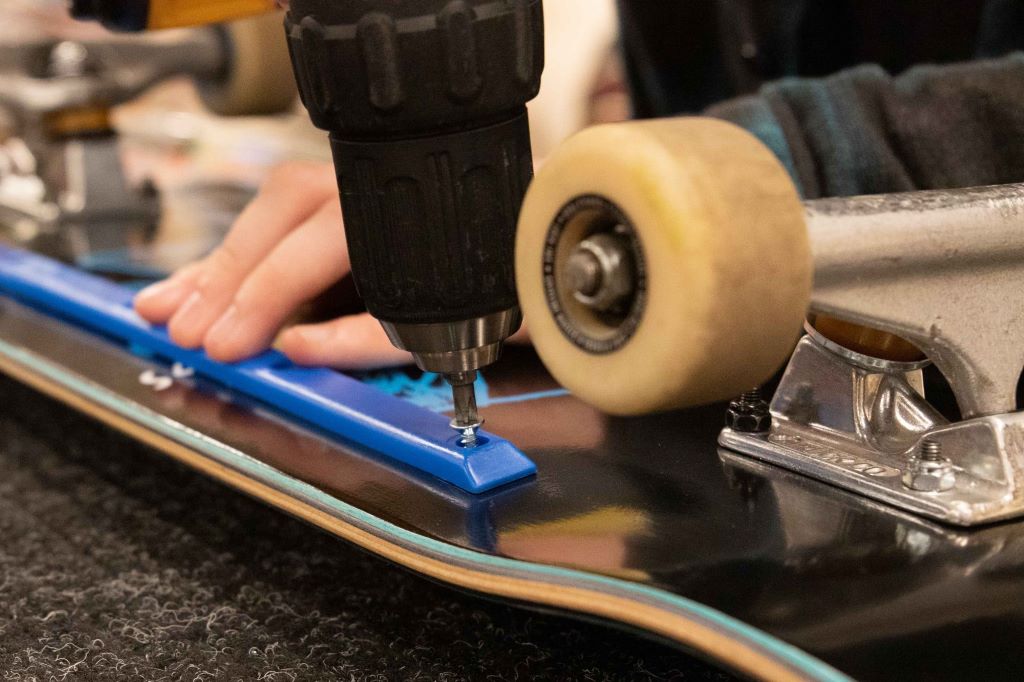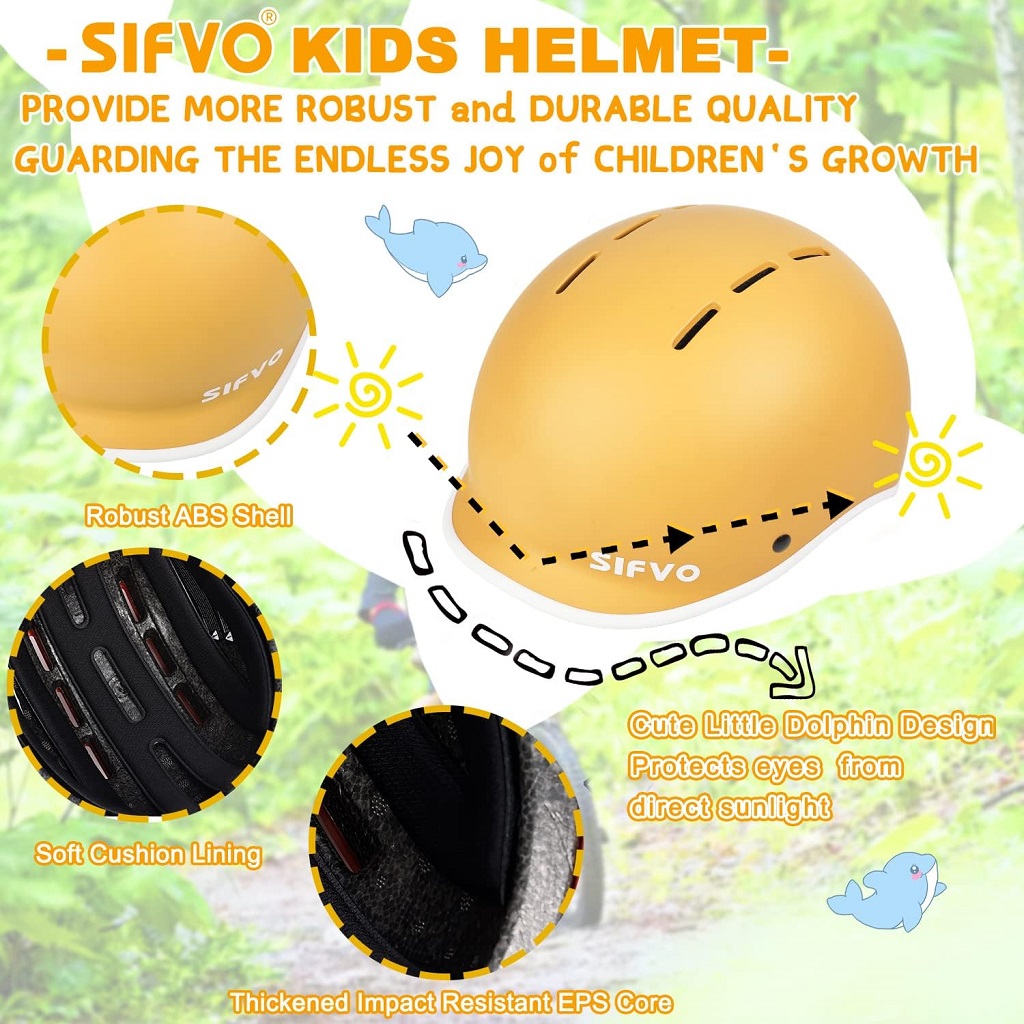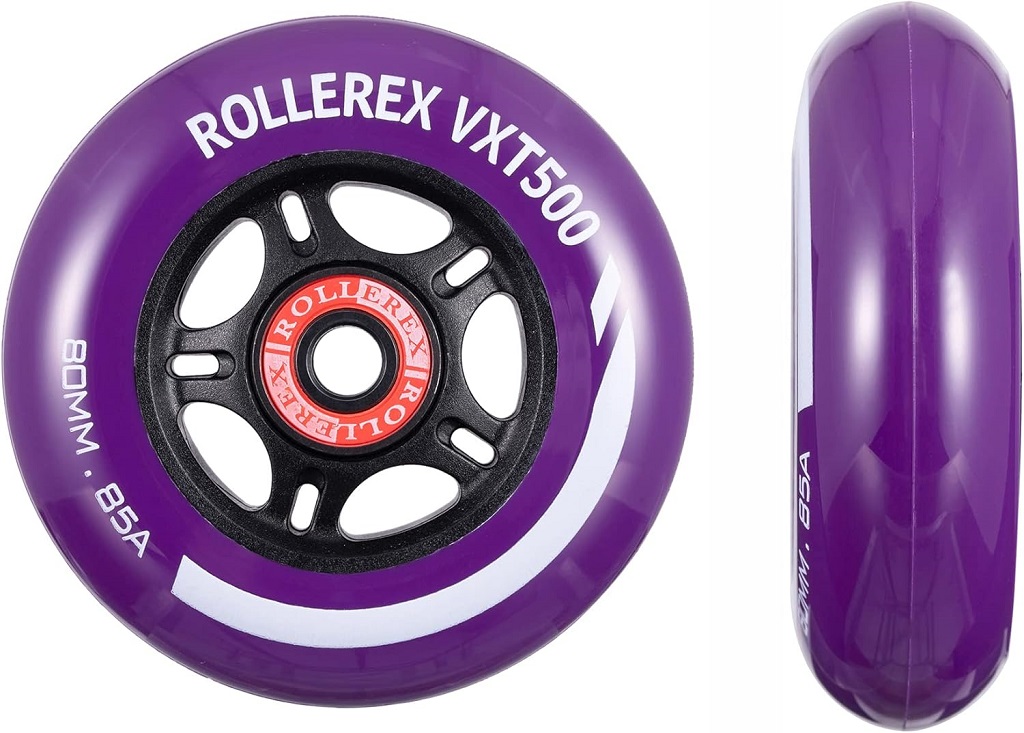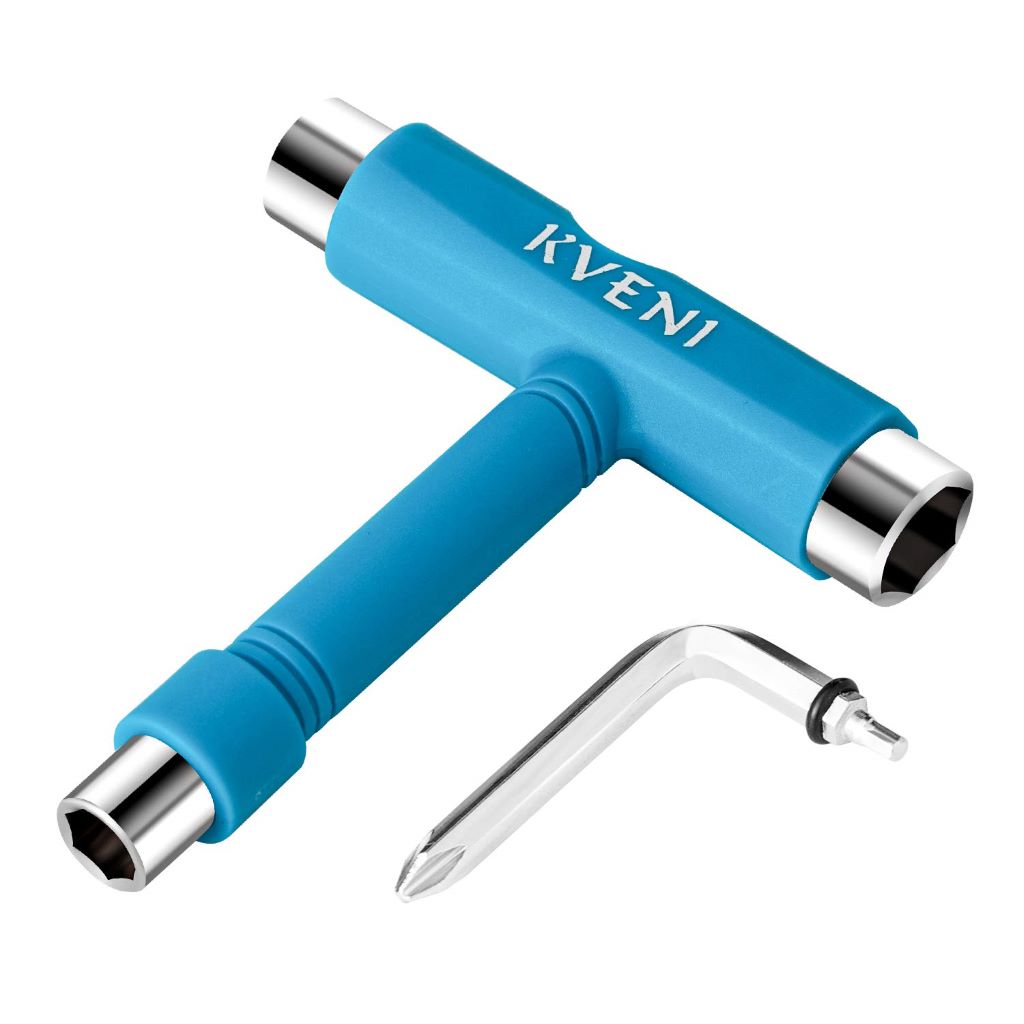Deck rails, also known as ribs, are a popular accessory for skateboarders seeking to protect their decks and enhance their sliding tricks. However, like any other skateboard component, deck rails require proper maintenance to ensure their longevity and optimal performance. In this Q&A session, we’ve consulted with a skate shop expert to address common queries and concerns regarding deck rail maintenance.
Q: How often should I clean my deck rails?
A: The frequency of cleaning depends on how often and where you skate. If you skate regularly in gritty or dirty environments, it’s advisable to clean your rails after each session. For less frequent skaters or those skating in cleaner areas, cleaning once a week or bi-weekly should suffice.
Q: What’s the best way to clean deck rails?
A: A simple wipe-down with a damp cloth is usually enough to remove dust and dirt. For stubborn grime, you can use a mild soap solution or a specialized skateboard cleaning product. Avoid harsh chemicals or abrasive materials that could damage the rails’ surface.
Q: How do I prevent my deck rails from wearing down too quickly?
A: The rate of wear and tear is largely influenced by your skating style and frequency. However, some tips to prolong the lifespan of your rails include:
- Avoid excessive grinding: While deck rails are designed for sliding, continuous grinding on rough surfaces will accelerate wear.
- Wax your rails: Applying a thin layer of wax can reduce friction and help your rails slide smoother, minimizing wear.
- Rotate your rails: Regularly rotating your rails (switching their positions on the deck) can help distribute wear more evenly.
Q: Can I replace worn-out deck rails?
A: Absolutely! Most deck rails are attached with screws, making them easy to replace. You can find replacement rails at your local skate shop or online.
Q: How do I know when it’s time to replace my deck rails?

A: Look out for these signs:
- Significant wear: If the rails are visibly worn down to the point where they are no longer providing adequate protection for your deck, it’s time for a replacement.
- Cracks or breaks: Any cracks or breaks in the rails compromise their structural integrity and should be replaced immediately.
- Poor sliding performance: If you notice that your rails are not sliding as smoothly as they used to, it could be a sign of wear or damage.
Q: Are there any special maintenance tips for different types of deck rails?
A: While the general cleaning and maintenance principles apply to all types of deck rails, some materials may require specific care:
- Plastic rails: The most common type, requiring minimal maintenance beyond regular cleaning and waxing.
- Metal rails: While durable, they may be prone to rust. Apply a thin coat of lubricant to prevent rust formation.
- Wood rails: Less common but can be sanded and refinished if they become rough or worn.
Related: Skateboard Deck Rails 101: Benefits, Types, and Installation
Q: Can I install deck rails myself?
A: Yes, most deck rails come with pre-drilled holes and screws, making installation a straightforward process. However, if you’re unsure, your local skate shop can assist you with the installation.
Q: Are there any other accessories I can use to enhance my deck rail setup?
A: Some skaters use rail guards, which are thin strips of material that are placed between the deck and the rails to further protect the deck from wear.
In conclusion, maintaining your deck rails is a crucial aspect of skateboard upkeep. By following these expert tips, you can ensure that your rails remain in optimal condition, protecting your deck and enhancing your overall skating experience. Remember, a well-maintained skateboard is not only a joy to ride but also a testament to your dedication to the sport.
Disclaimer: This article is intended for informational purposes only and should not be considered a substitute for professional advice. Always consult with a qualified expert for any specific concerns or questions regarding skateboard maintenance.




